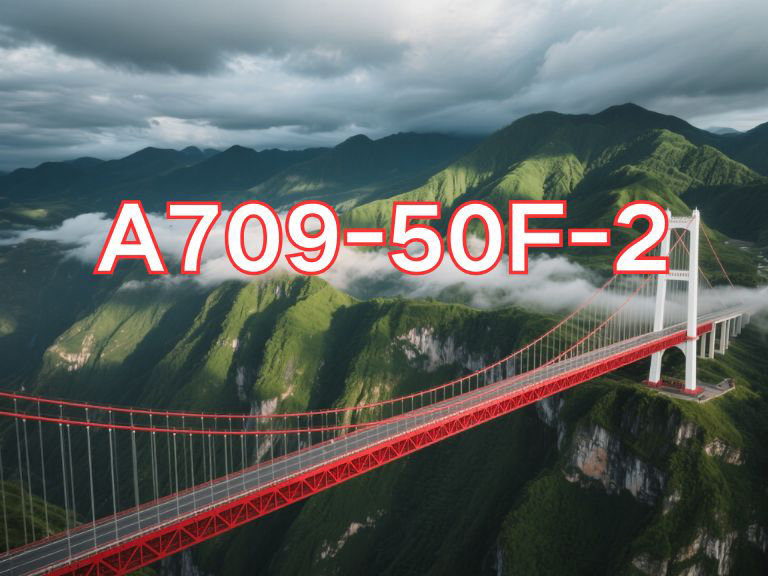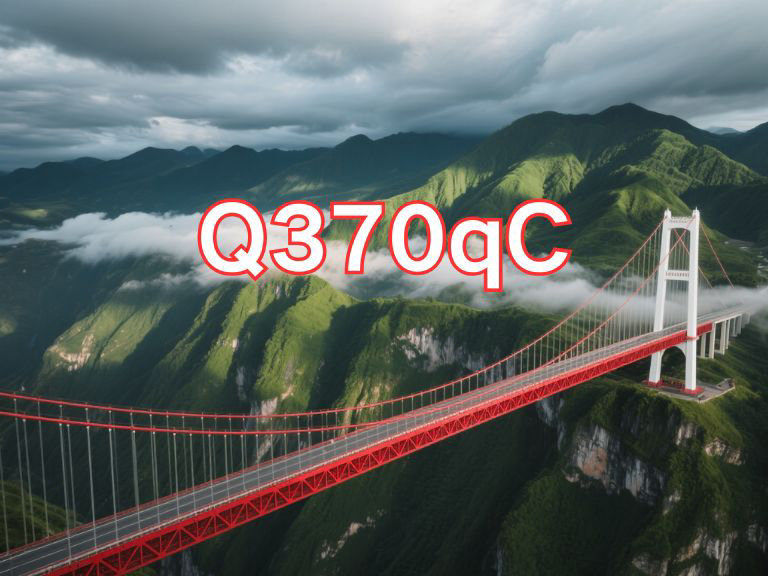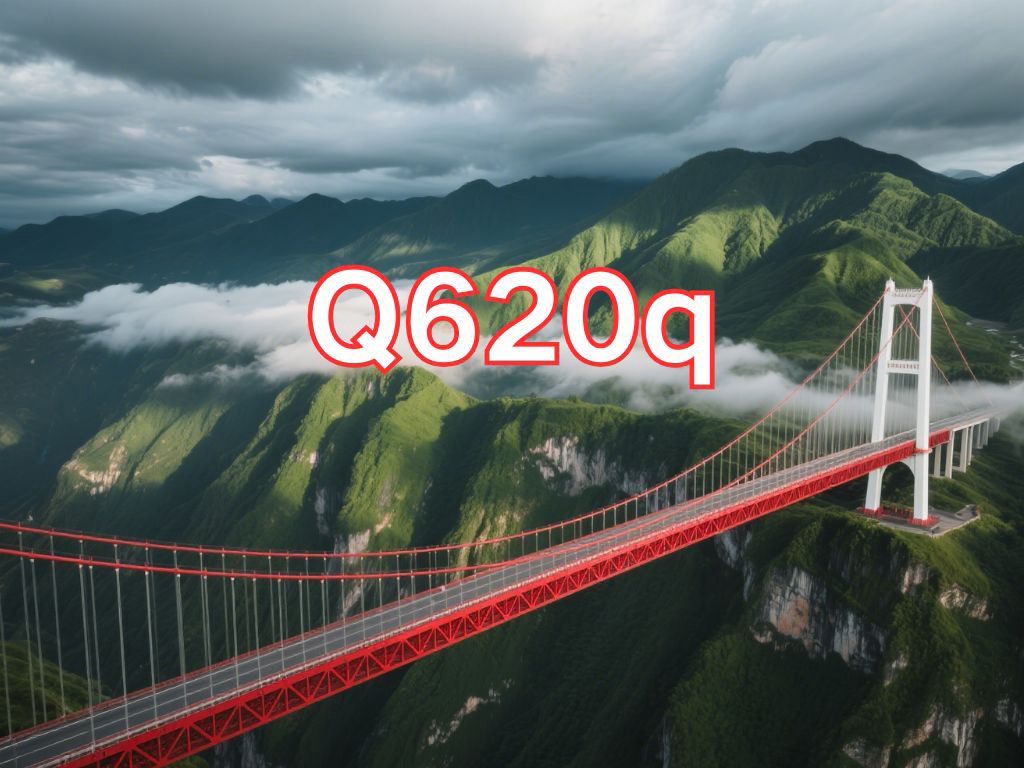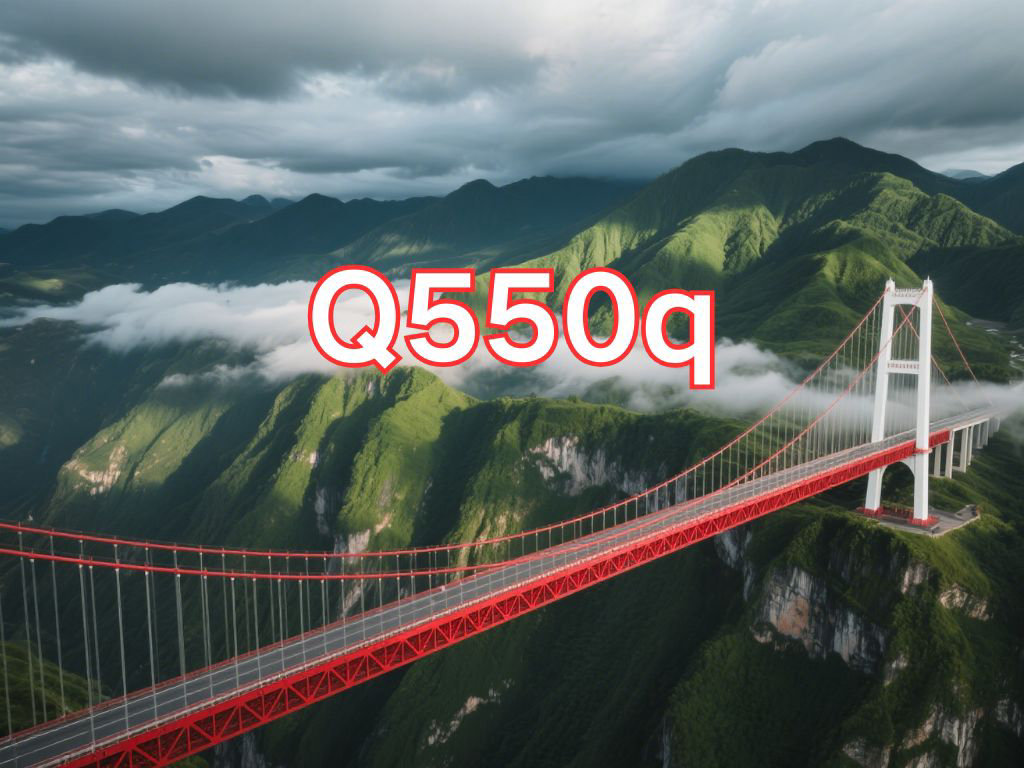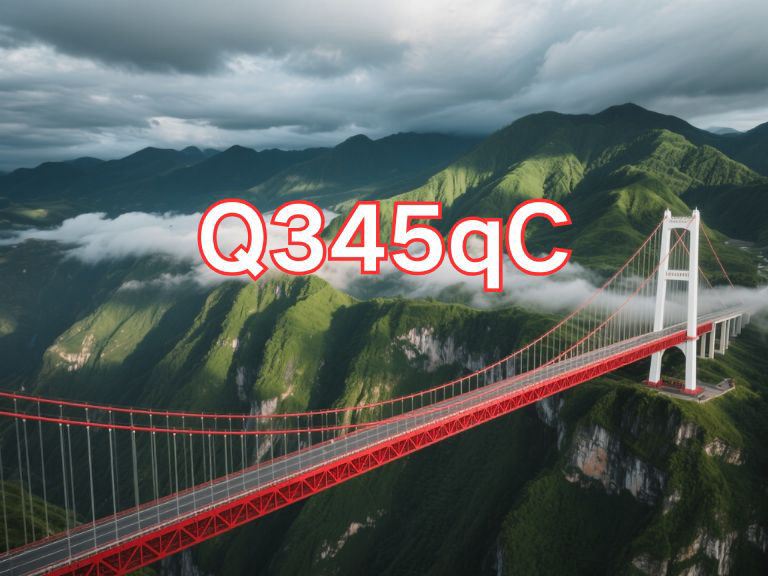

Q370qDNH
Q370qDNH is a high-strength weathering steel specifically designed for modern large-span and high-performance bridge structures. It combines high strength, excellent weldability, and superior resistance to atmospheric corrosion. The designation is interpreted as follows: "Q" stands for yield strength (from the first letter of the Chinese pinyin "Qu"); "370" indicates a minimum yield strength of 370 MPa when the thickness is no more than 16 mm, offering higher load-bearing capacity than the common Q345-grade steels; "q" stands for "qiao" (Chinese for "bridge"), denoting its use as bridge steel; "D" means the steel must meet the impact toughness requirement at -20 °C, ensuring structural safety in cold climates; and "NH" is the abbreviation for "Nai Hou" (Chinese for "weathering resistance"), meaning atmospheric corrosion resistance. The steel can form a dense, stable rust layer in natural environments, which effectively slows down further corrosion.
Q370qDNH steel plates are primarily used in critical load-bearing components of major bridges such as railway bridges, highway bridges, and cross-river or cross-sea bridges, including main girders, truss joints, and tower connections. Due to its combination of high strength and weathering resistance, it significantly reduces structural weight, extends service life, minimizes or eliminates the need for protective coatings, and lowers lifecycle maintenance costs. It is especially suitable for corrosive environments such as coastal areas, high-humidity regions, and industrial zones with heavy pollution.
The steel exhibits excellent weldability, formability, and fatigue resistance, meeting the comprehensive requirements of modern bridges for safety, durability, and construction efficiency. Its well-controlled carbon equivalent reduces the risk of cracking during welding, facilitating field construction.
Currently, Q370qDNH is governed by the Chinese national standard GB/T 714-2019, High-Strength Steels for Structural Use, which was released and implemented in 2019, replacing the previous GB/T 714-2008. This standard systematically specifies technical requirements for high-strength bridge steels, including mechanical properties, chemical composition, impact toughness (-20 °C), corrosion resistance, and through-thickness properties. It marks the first time that weathering bridge steels have been fully integrated into a unified regulatory framework, promoting the development of bridge steels toward higher strength, better corrosion resistance, and longer service life.
With the advancement of green infrastructure, Q370qDNH is increasingly adopted in new bridge projects and has become an ideal material for high-performance, low-maintenance, and long-life bridge structures.

Ultrasonic Testing (UT)
A key non-destructive testing technique that uses high-frequency sound waves to detect internal flaws in steel plates. The probe emits sound waves, which reflect when encountering defects such as cracks or inclusions. The receiver captures the echoes, enabling precise determination of defect location and size. With high sensitivity, strong penetration, and fast inspection speed, UT effectively ensures internal quality, widely used in the production of heavy plates, pressure vessel plates, and other high-end products to guarantee safety and reliability.

Magnetic Particle Testing (MT)
A common surface inspection method that magnetizes the workpiece, causing leakage magnetic fields at surface or near-surface defects like cracks or inclusions, which attract magnetic particles to form visible indications. Simple to operate and highly sensitive, MT is suitable for rapid inspection of surface and near-surface flaws in ferromagnetic materials, widely used for online or offline inspection of plate edges, ends, and welds, ensuring product quality and safety.

Penetrant Testing (PT)
A non-destructive method for detecting surface-breaking flaws. A penetrant liquid is applied to the cleaned steel surface, allowing it to seep into defects such as cracks or pores. After removing excess penetrant, a developer is applied, causing the trapped penetrant to bleed out and form visible indications. Simple and cost-effective, PT is suitable for inspecting surface defects in various non-porous materials, commonly used for welds, castings, and complex components, effectively ensuring surface quality of steel plates.



